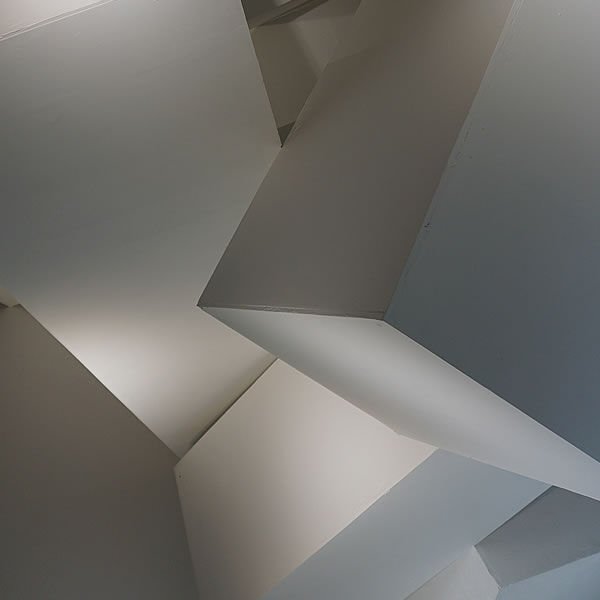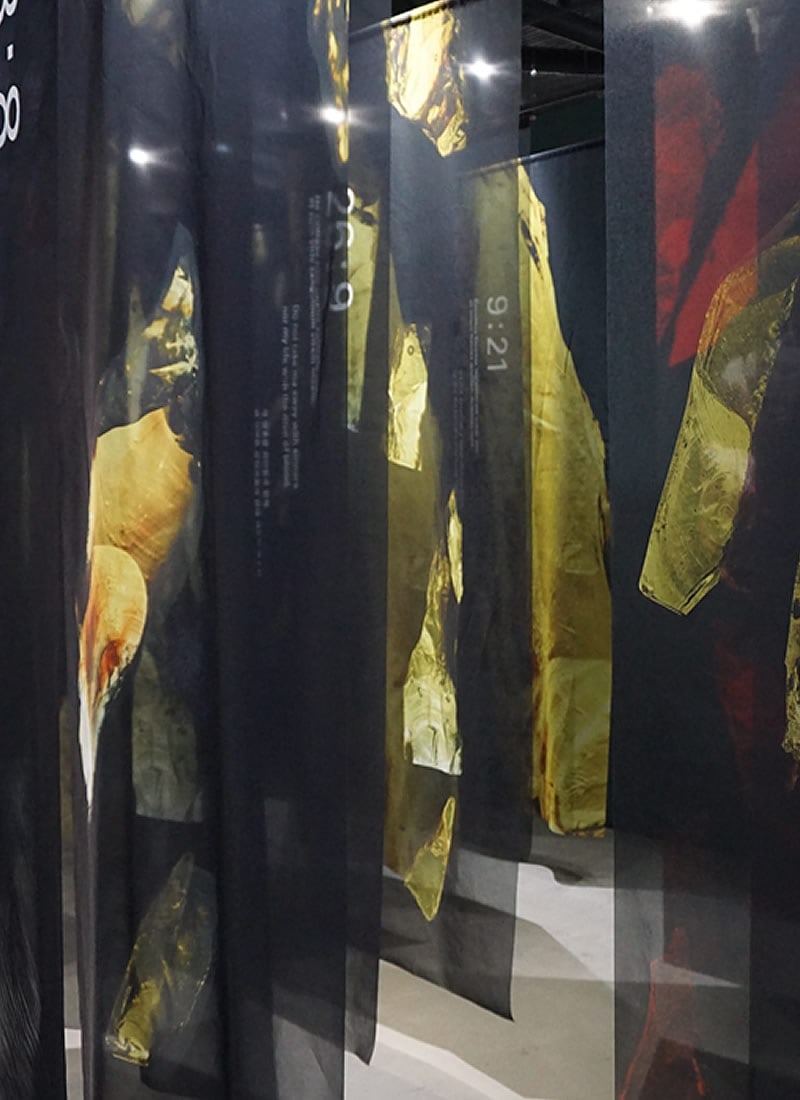Part 5
The Detailed Design Stage
The detailed design stage is where all the aspects of the conceptual exhibit design must be produced in much finer detail. In Part 5, we transform the exhibition concept into reality. Here, we include, yet are not limited to, an array of items. Take a glance at our brief overview list:
- Final layout CAD drawings
- Exhibit component database
- Showcase drawings and specifications
- Object mounting requirements
- Conservation requirements
- Security
- Lighting
- Audio-visual
- Interpretation
- Graphics
- Branding
- Transport
- Logistics
Above, we have merely listed a concise summary, although other potentials depend on what type of exhibition we are designing.
This part of the project is the most labour-intensive of all the design stages.
At this point, we use all the information curated collaboratively to tender the project to contractors who will build and install the exhibitions. Now we can tender the project to see if it falls within the previously indicated conceptual design budget. There is always a chance the project will not conform to the once-determined parameters. Subsequently, you can try to obtain additional funding or scrutinise areas where further savings can be made. If you opt for the last choice, you must protect the very essence of the design. It’s a delicate design process to ensure you do not cut corners or water down the impact and identity of the exhibition.
Next, let us break down one of these tasks or items in more depth to appreciate how we reach just one of these final pieces of detailed design documentation. This could be partially valuable for readers who have never organised an exhibition.
You will rapidly understand the many layers and thought processes that formulate just one of these design briefs.
The topic we will be analysing is showcasing design.
When it comes to showcasing design, there are many factors to consider to create an exhibit that is both visually stunning and practical. One of the first steps in the design process is to create a basic concept that outlines the approximate size and objects that will be included in the showcase. However, this is just the beginning, as many elements must be carefully considered to create a successful exhibit.
One of the most significant aspects of showcasing design is the establishment of a design style that complements the rest of the exhibit. This design style should be one that the client approves of and that enhances the overall aesthetic of the exhibition. Many facets of the exhibition can be utilised to nurture the design ethos, including wall layouts and finishes that can help to create an atmosphere or guide visitors through the exhibit. By utilising these elements effectively, it is possible to deliver visual clues that drive the showcase design and make it more engaging for visitors.
Of course, it’s not enough for the exhibit to look good – it also needs to function properly. This means that careful consideration must be given to factors like lighting, conservation, and object mounting. These elements must be incorporated into the design in a way that is both practical and visually appealing, which requires a deep understanding of the materials and techniques that are best suited to each exhibit.

To bring the design and narratives to life, it’s essential to create sketches and 3D digital models of the showcase. These tools can be used to test design ideas and visualize how the exhibit will work within the larger exhibition layout. By using CGI visualisations and sketches, it’s possible to see how the exhibit fits within the overall design and make any necessary adjustments before the exhibit is built.
Once the team is satisfied with the design, a mockup can be produced to finalise details like lighting, platform heights, volume, glass, and openings. This step is essential to ensure that the exhibit functions properly and meets the client’s and visitors’ expectations. Overall, showcasing design is a complex process that requires careful planning and attention to detail. By taking the time to consider each element of the design carefully, it’s possible to create an exhibit that is both functional and visually stunning, and that engages visitors in a meaningful way.
Yes, this is a simplified version!
The design is now at a stage where it can be drawn into detailed CAD drawings. As we move forward with this detailed design stage, we want you to understand the level of attention and care we put into every detail of the exhibition. Our philosophy is simple, “the difference is in detail”, and we firmly believe that this approach helps us create a truly exceptional design.
During this stage, we meticulously go over every element of the design to ensure that it meets our high standards. From the positioning of the exhibits to the lighting, sound, and even the temperature of the exhibition hall, we take into account all attributes to create an immersive experience that will leave a lasting impression on the visitors.
Our team of professionals is committed to ensuring that your exhibition is flawless. As we progress with this stage, we will keep you informed of any updates and changes. Our goal is to create an exhibition that is not only visually stunning but also engages visitors on multiple levels. We understand that every single detail matters, and we strive to deliver a design and narrative that is truly wonderful.
In the next topic of this series, we will cover the process of appointing contractors to deliver the exhibition vision.

Read the entire art collection series
That very first piece of art will remain in their art collection like a first love. Therefore, it is such a shame that these remarkable collections of man’s humanity are only seen by very few.
We’re interested in learning about the journeys taken by both the collector and the artwork and the narratives they convey. Naturally, there are many further questions to ask, but here are our five most important, interconnected questions to start with.
When the designer truly understands the space, they can express a more successful conceptual design stage. This methodology also allows for a first-hand examination of details and potential concealed concerns.
Part 4 – The Design Development Stage
At this stage, we transfer all of the collective information from the concept designs. This step allows us to create layout plans for each venue and the exhibition database.
An exhibition that lacks attention to detail across these stages results in a final product that falls short of its promise.

